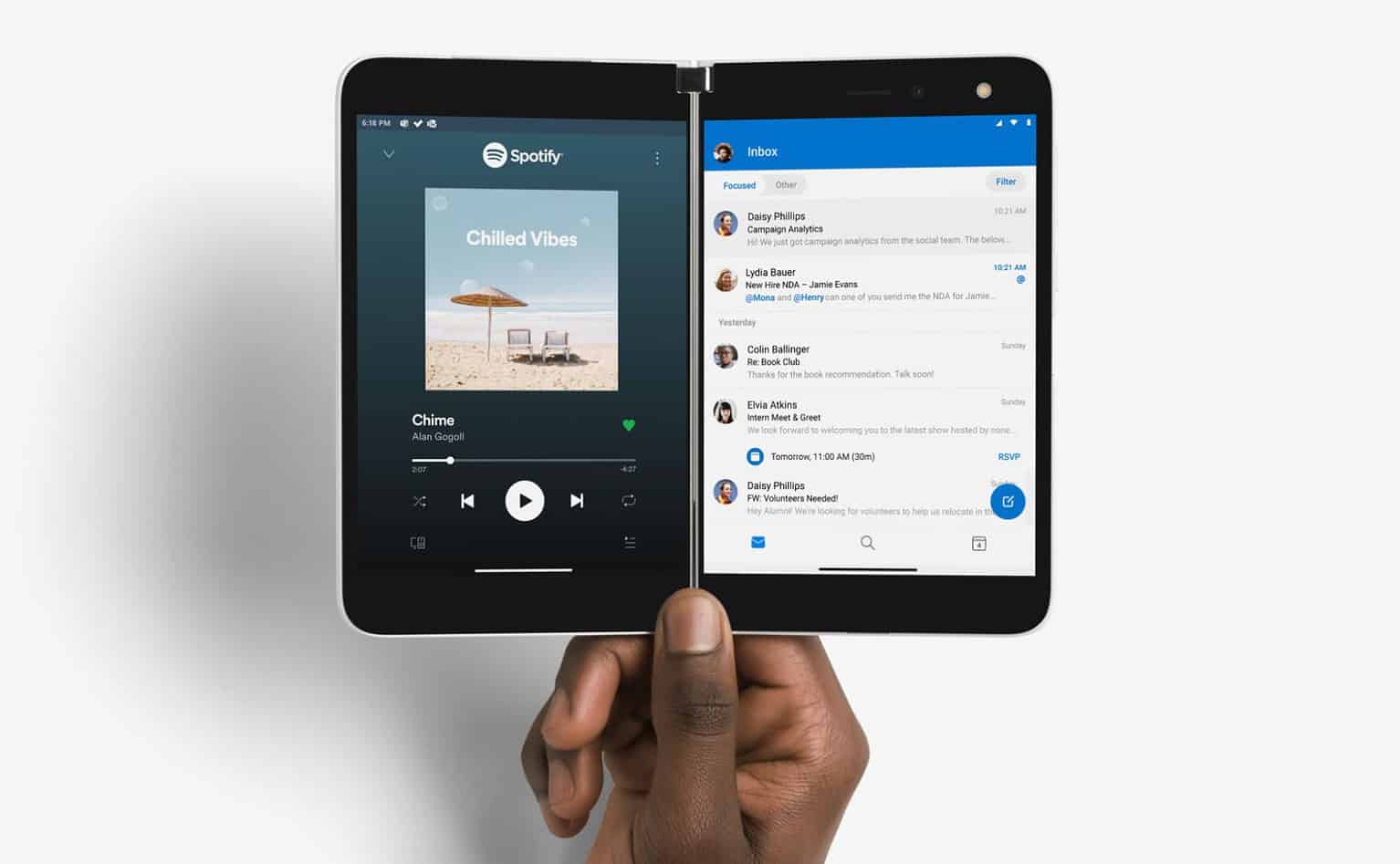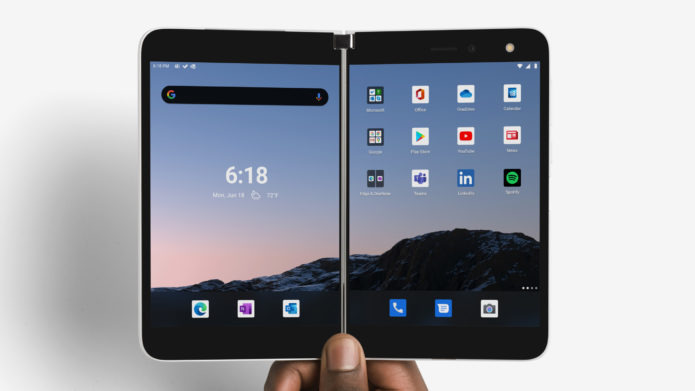
That makes them slightly visible when the device is closed, letting you know if you missed a call or a text as soon as you take it out of your pocket (though you can still peek by slightly opening the screens, as well). PixelSense, 5.8-inch AMOLED 1344 x 892, 90 Hzġ2MP wide, 12Mp telephoto, 16MP ultrawide, 12MP front-facingĥG mmWave and Sub-6, Wi-Fi 6 802.11ax, Bluetooth 5.1, NFCĪdditionally, the screens are slightly more curved toward the hinge than the original. The displays are covered in Corning Gorilla Glass Victus.ĭual PixelSense Fusion, 8.3-inch AMOLED, 2688 x 1892, 90 Hz Microsoft claims other updates to the screens, however, that may make up for that, including 800 nits max brightness and a 90 Hz adaptive refresh rate, as well as support for HDR. That being said, they have the same pixels-per-inch at 401 PPI. Interestingly, both are listed at slightly lower resolutions than the predecessor.

Together, they're 8.3 inches diagonally, up from 8.1 inches on the original, and they're both 5.8-inches individually (up from 5.6-inches). The two new displays are also larger, with smaller bezels.


The new Surface Duo bumps up to the latest Qualcomm Snapdragon 888 5G chipset, 8GB of RAM and a new triple-camera system, making up for two of the original's biggest weaknesses.
Microsoft surface duo 2 pre order update#
The newAndroid device is meant to provide a massive update in performance, functionality and camera quality over the original Duo, which launched just over a year ago. Microsoft is taking a second swing at its dual-screen smartphone with the Surface Duo 2.


 0 kommentar(er)
0 kommentar(er)
